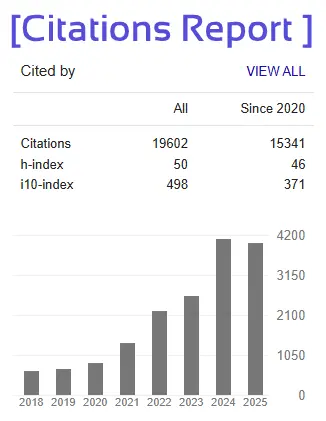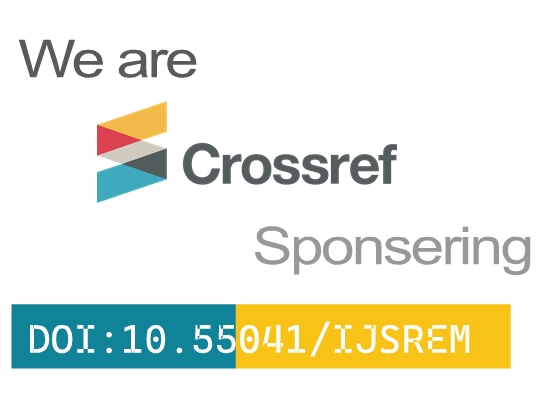Customer Churn Analysis in Telecom Industry using Kaplan–Meier and Cox Proportional Hazards Model
Ravi Sharma1, Shailendra Singh Senior Member IEEE2
1 M.Tech Student, Department of Computer Science and Engineering, Oriental University, Indore, MP India
2 Professor, Department of Computer Science and Engineering, Oriental University, Indore, MP India
----------------------------------------------------------***------------------------------------------------------------
Abstract: Customer churn poses a significant challenge for companies in the telecom industry, impacting revenue and profitability. In this paper, we present a comprehensive survey of customer churn analysis methodologies, focusing on the application of logistic regression, Kaplan-Meier survival analysis, and the Cox Proportional Hazards Model. Logistic regression serves as a fundamental technique for binary classification, enabling the prediction of churn based on customer attributes and behaviors. Kaplan-Meier survival analysis offers insights into customer survival probabilities over time, facilitating the identification of high-risk cohorts. Additionally, the Cox Proportional Hazards Model provides a flexible framework for analyzing the impact of predictor variables on churn timing, accounting for censoring and time-varying covariates. Through a review of existing literature, case studies, and practical applications, we explore the strengths and limitations of these methodologies in customer churn prediction. We also discuss challenges in data collection, feature engineering, and model evaluation, along with future research directions to enhance churn analysis effectiveness. By leveraging logistic regression with Kaplan-Meier and the Cox model, telecom companies can develop robust churn prediction models to improve customer retention strategies and mitigate revenue loss.
Keywords: Customer churn analysis, Telecom industry, Logistic regression, Kaplan-Meier survival analysis, Cox Proportional Hazards Model, Retention strategies.







